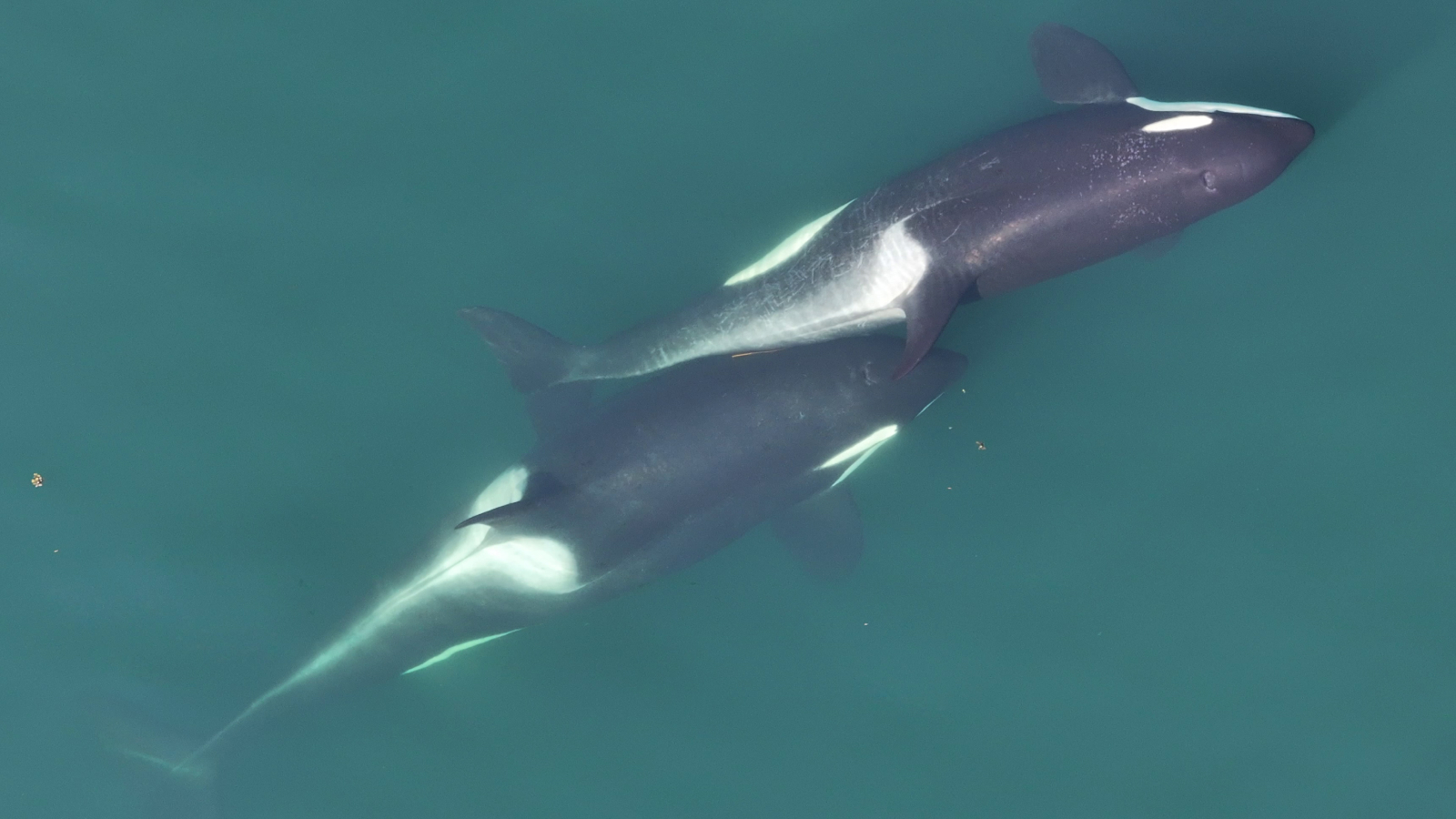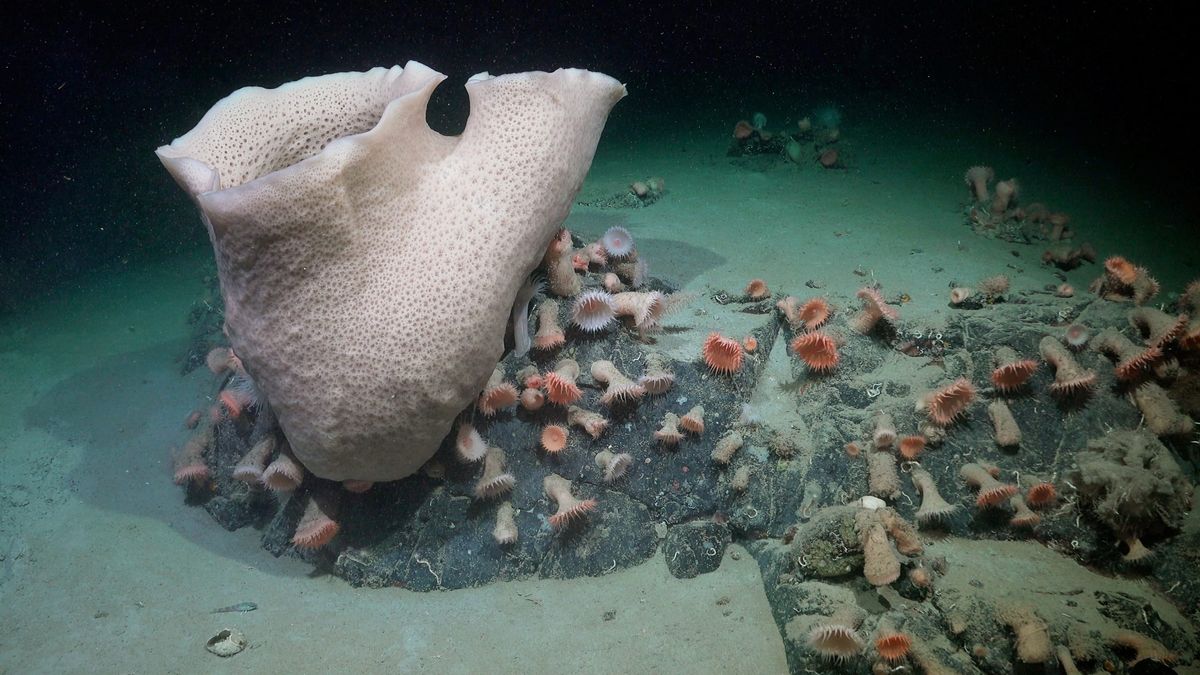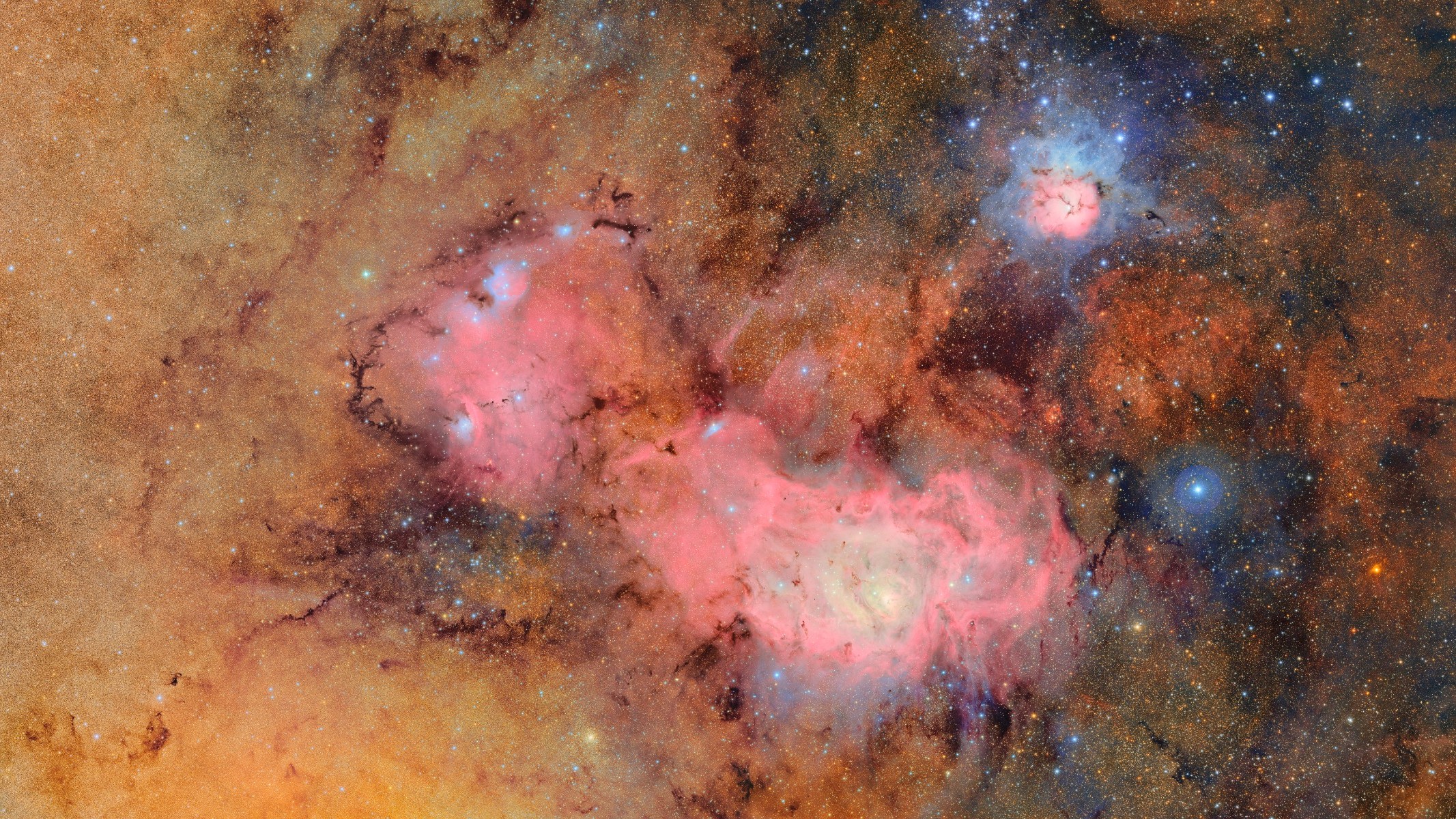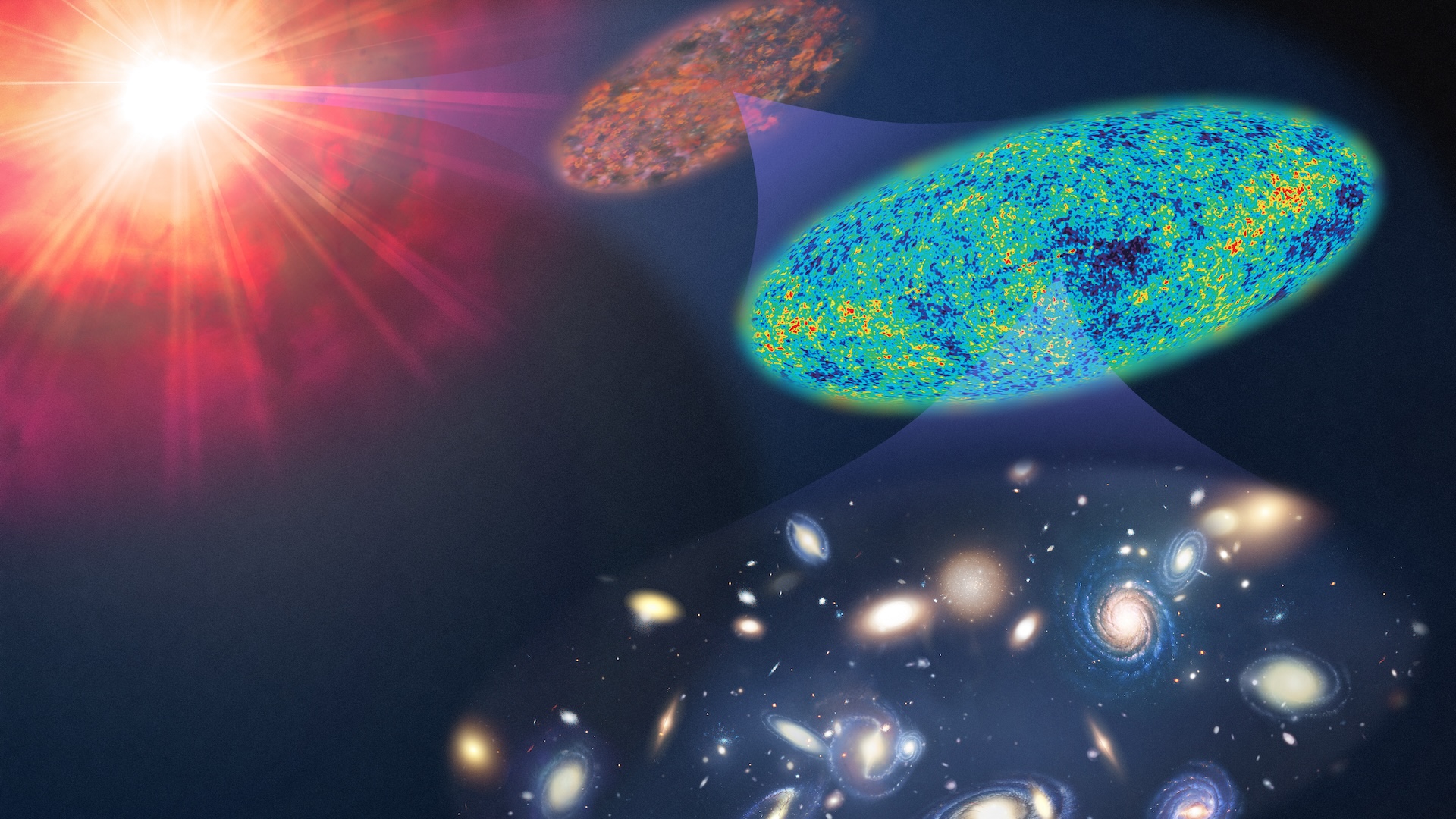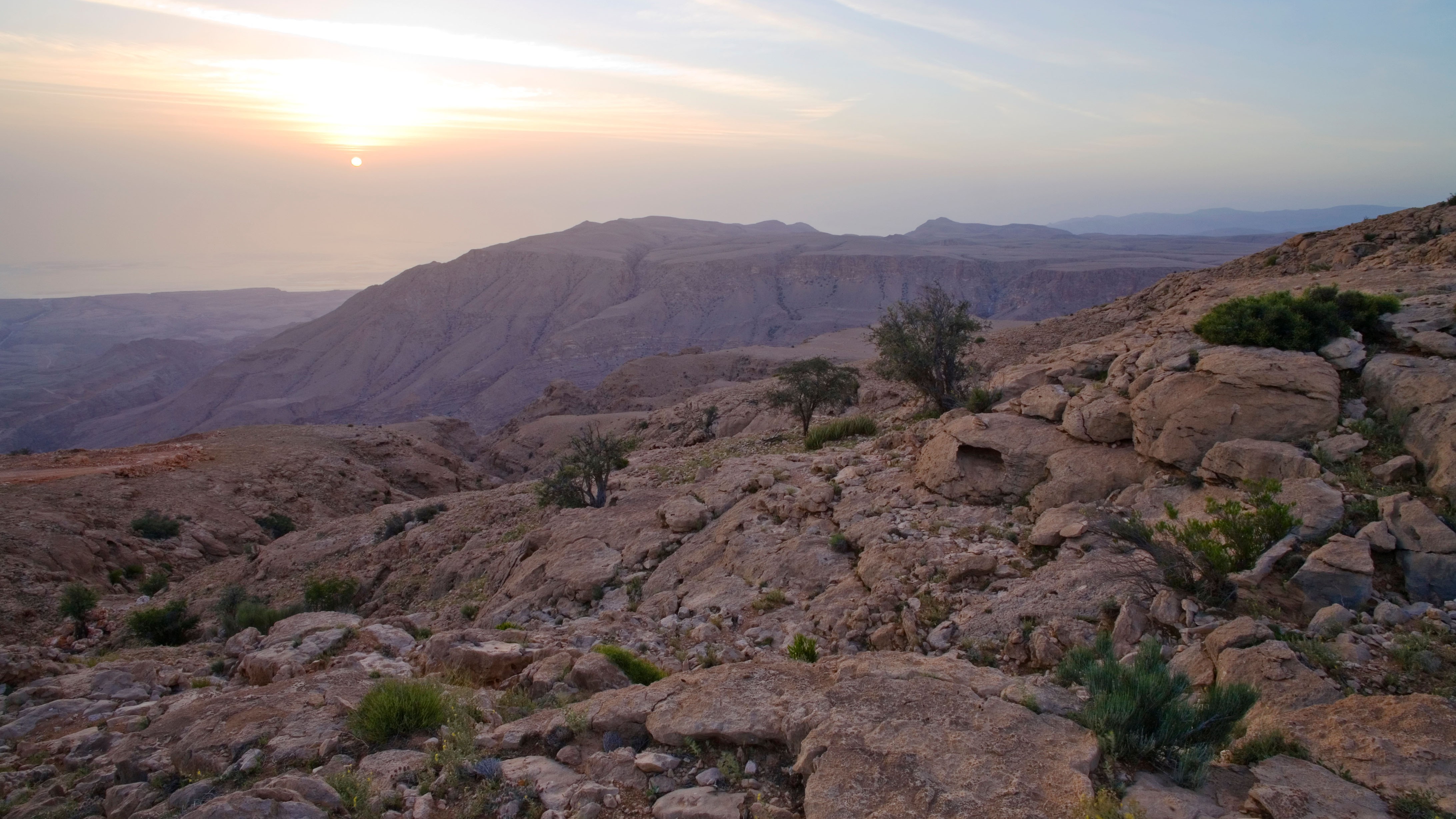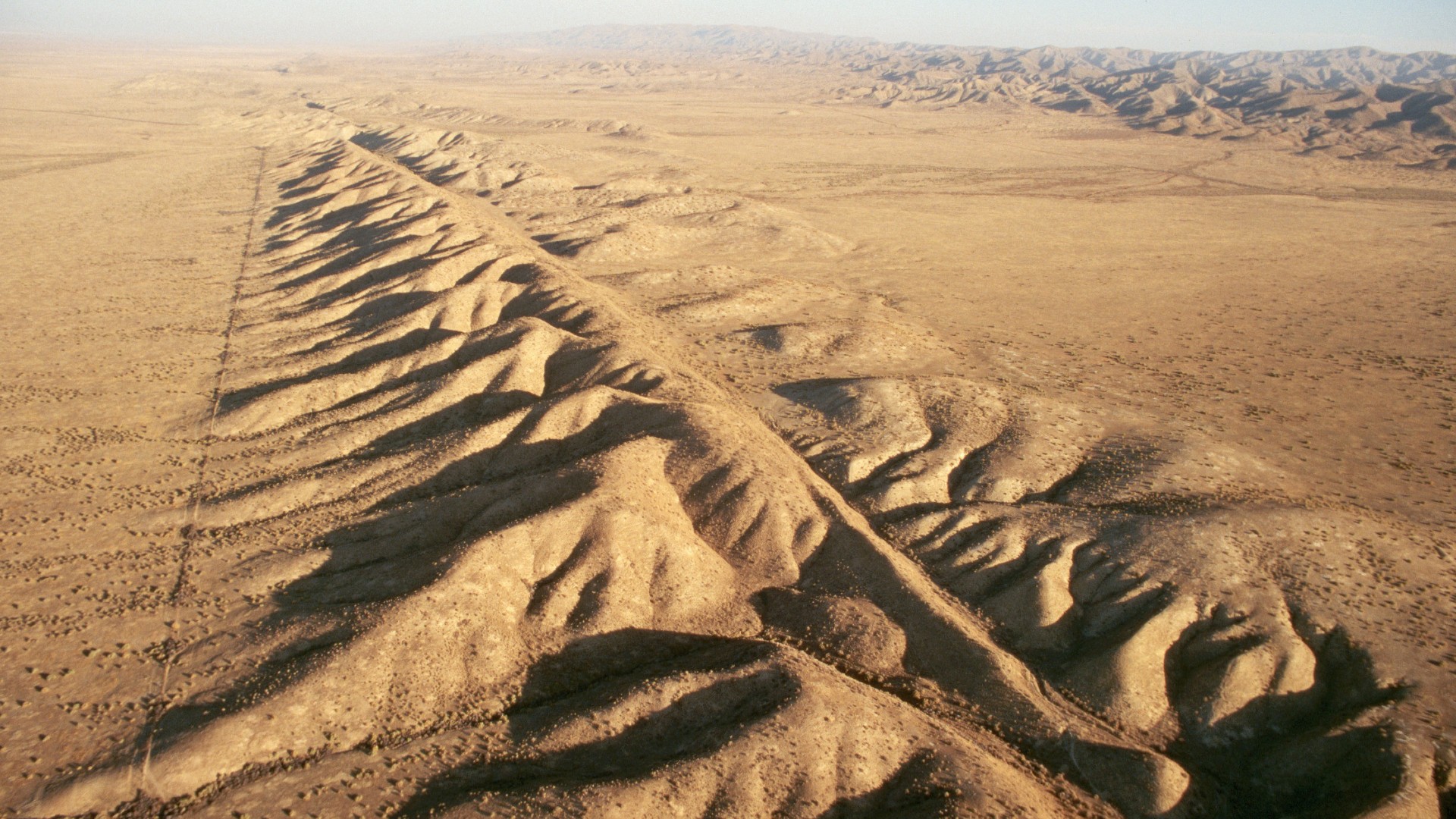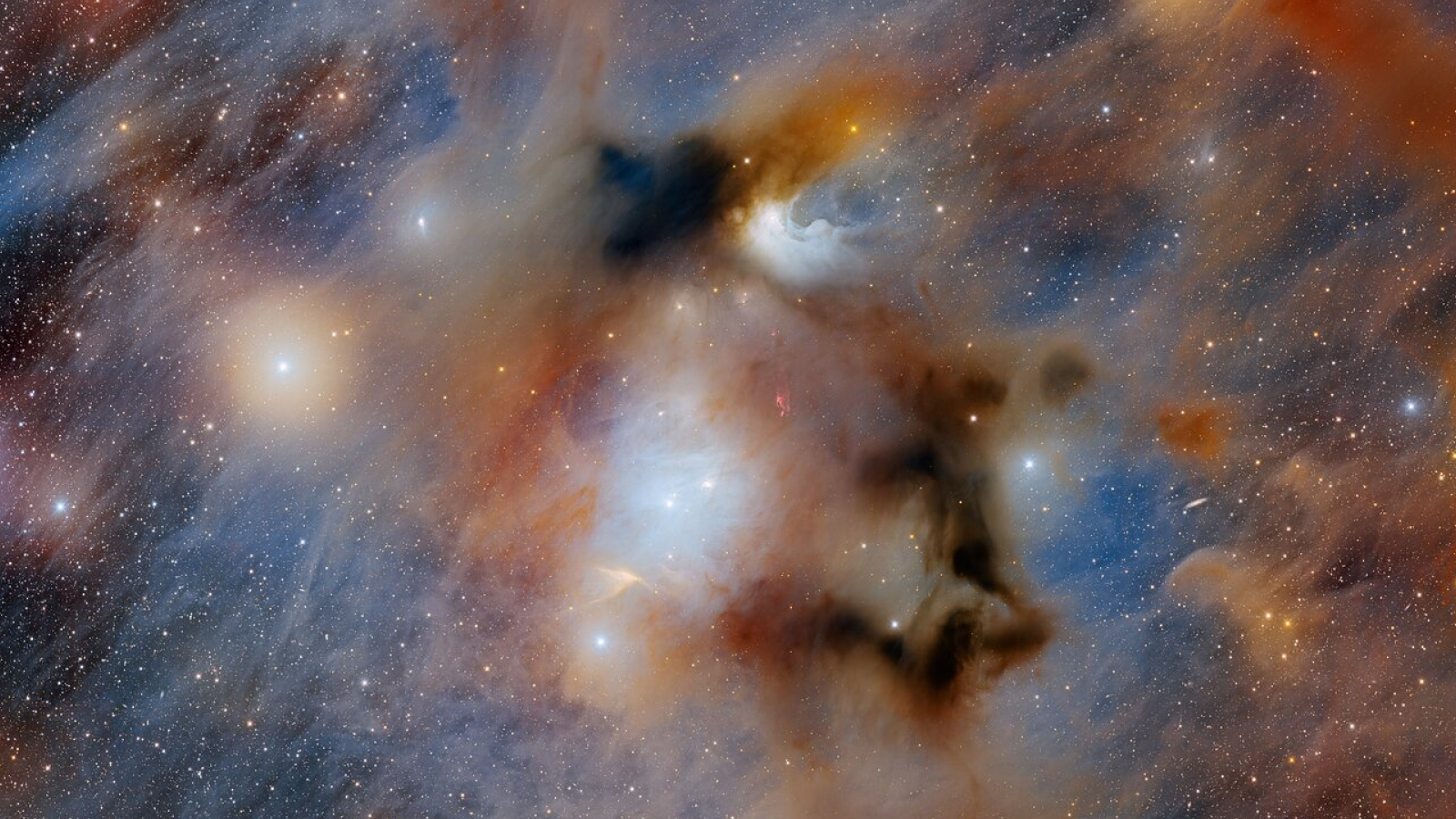A gigantic iceberg that broke off of an Antarctic glacier has revealed a thriving never-before-seen ecosystem in the depths beneath.
The iceberg A-84, which is roughly the size of Chicago, calved from Antarctica’s George VI Ice Shelf on Jan. 13, 2025.
After receiving news of the iceberg’s movement from satellite imagery, scientists aboard the Schmidt Ocean Institute’s research vessel Falkor quickly hurried to the site. Just 12 days later, they arrived to find a never-before-seen ecosystem filled with giant sponges, fish, enormous sea spiders and octopuses exposed to the open air for the first time.
“We seized upon the moment, changed our expedition plan, and went for it so we could look at what was happening in the depths below,” expedition co-chief scientist Patricia Esquete, a marine biologist at the University of Aveiro in Portugal, said in a statement. “We didn’t expect to find such a beautiful, thriving ecosystem. Based on the size of the animals, the communities we observed have been there for decades, maybe even hundreds of years.”
What lies beneath Antarctica’s roughly 500 feet (150 meters) of ice is scarcely known, but scientists have suspected that it is filled with a gigantic network of rivers, lakes and estuaries. Yet it wasn’t until very recently that scientists discovered that this hidden underworld harbored life.
Related: Scientists create new map showing ice-free Antarctica in more detail than ever before
Without sunlight or nutrients raining down from above, this life is likely sustained by deep-sea ocean currents that slip beneath the surface of the shelf, although scientists are unsure if this is the only mechanism at play.
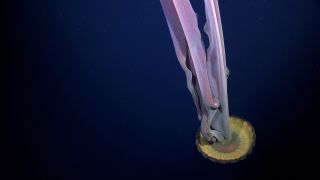
To investigate the once-hidden biome, the scientists deployed a remotely operated submarine (named SuBastian), which — due to the thick ice blocking off GPS signals — navigated using sound waves to arrive at the ocean floor.
Once there, the submarine collected biological and geological samples from among the region’s coral and sea sponges. Some of these creatures’ enormous sizes suggested they’d been growing for centuries. The researchers also deployed other autonomous vehicles to study how meltwater is affecting the region.
“The science team was originally in this remote region to study the seafloor and ecosystem at the interface between ice and sea,” Jyotika Virmani, executive director of the Schmidt Ocean Institute, said in the statement. “Being right there when this iceberg calved from the ice shelf presented a rare scientific opportunity. Serendipitous moments are part of the excitement of research at sea — they offer the chance to be the first to witness the untouched beauty of our world.”
Antarctica quiz: Test your knowledge on Earth’s frozen continent


